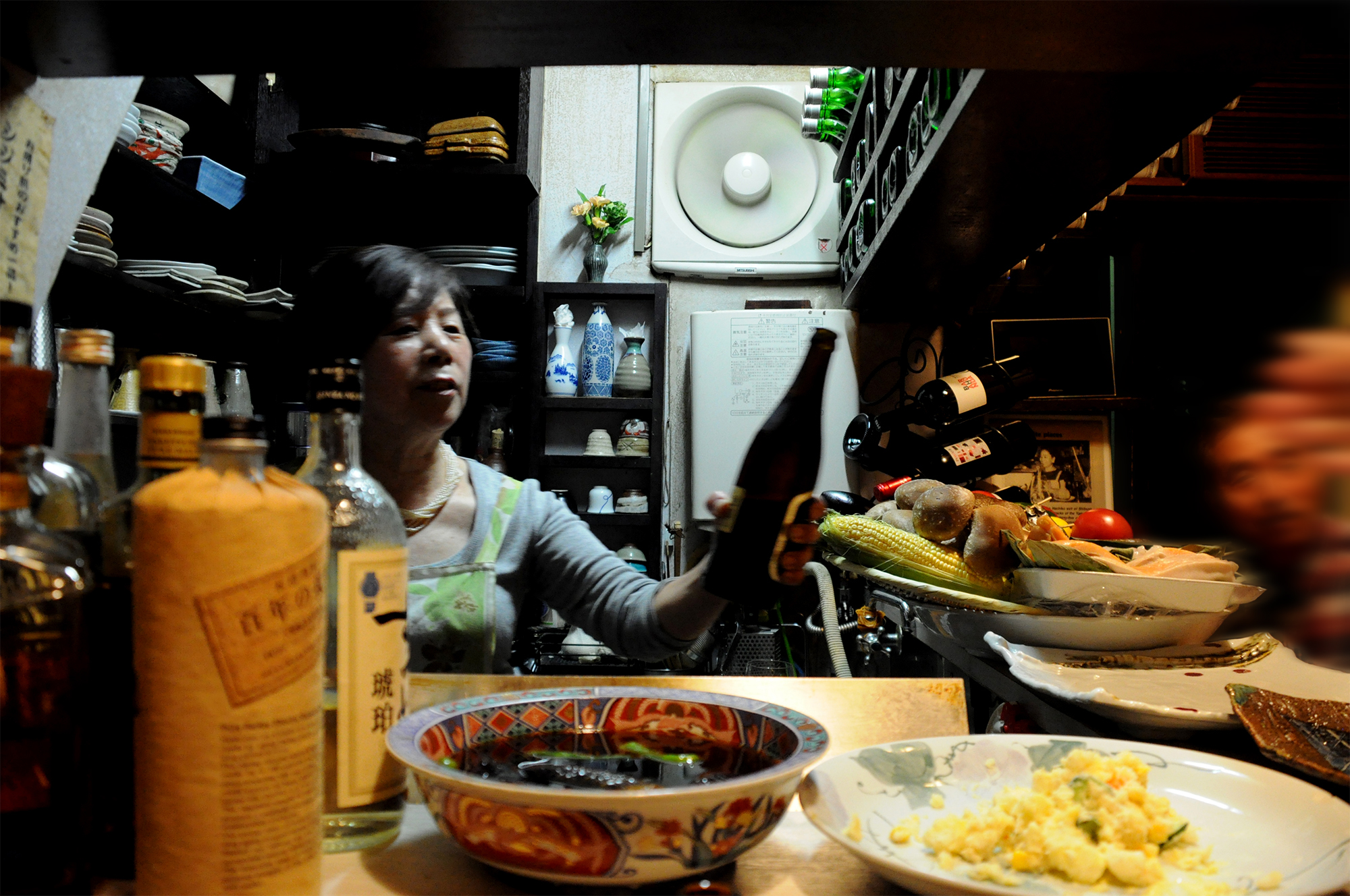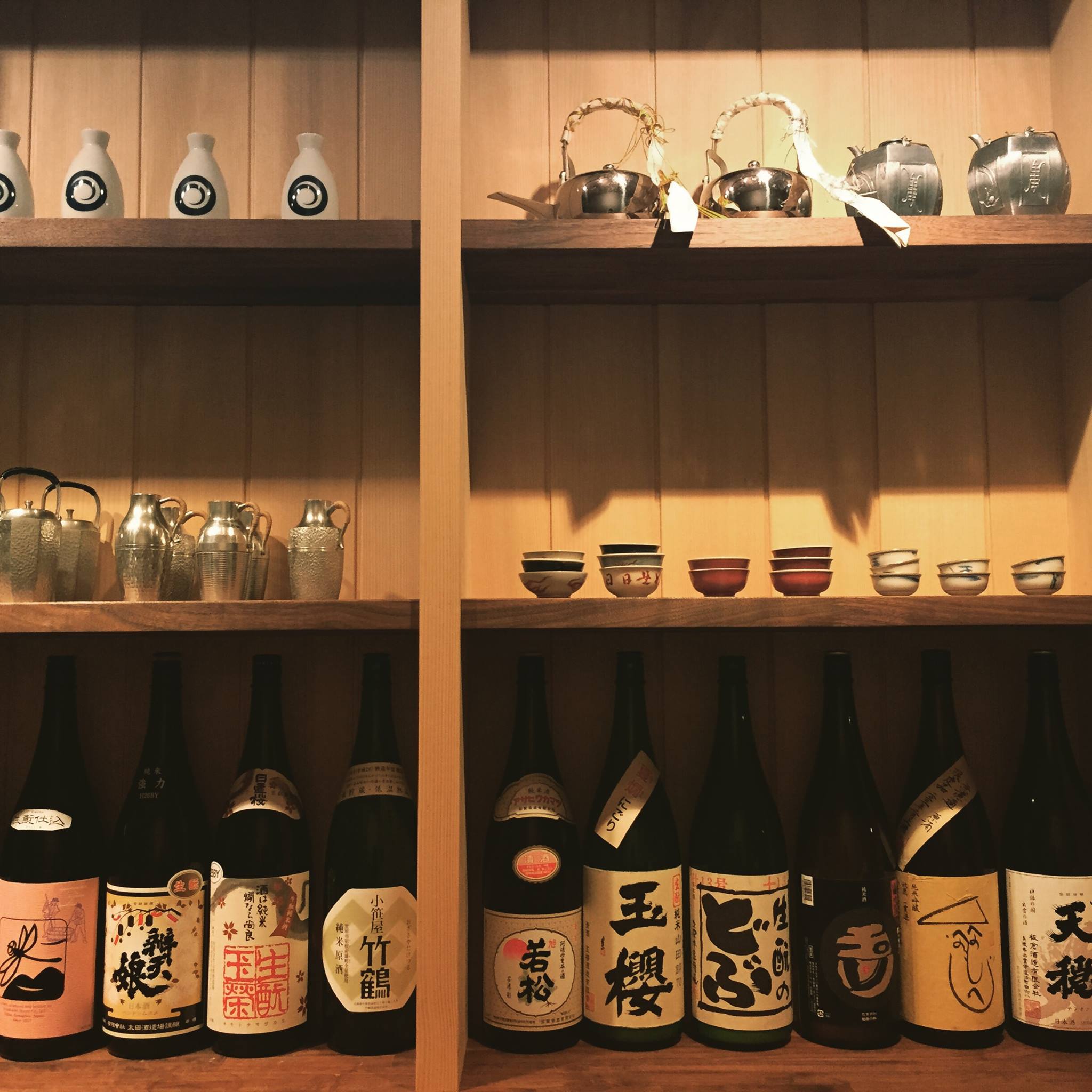Saka-ba 酒場
Saka-ba:Immerse Yourself in Japan’s Unique Drinking Culture

Japan has a unique culture of saka-ba (a pub, bar, or tavern). Japan’s traditional style of saka-ba, called izakaya, is not very commonly seen in other countries. In today’s Japan, young people often prefer large izakaya chains run by big corporations, but in this article, I’d like to introduce small, individually-owned izakaya as a symbol of Japanese saka-ba culture.
Step into a local izakaya, and you’ll typically find a wooden counter, behind which stands the proprietor, referred to as the taisho (for men) or okami (for women). The taisho or okami may not seem particularly friendly or welcoming at a glance, but there’s no need to be afraid. Sometimes they may dress down badly behaved customers, but you shouldn’t get upset or angry. While drinking sake is one of life’s pleasures, for the Japanese, the saka-ba is also a sort of training hall (dojo) for life. Behaving properly at a saka-ba is one of the conditions to be considered a mature, refined adult.
Now, I’d like to show you how to become a Japanese Saka-ba master. It isn’t easy, but it can prove to be one of the most fun and rewarding ways to immerse yourself in Japanese culture.

